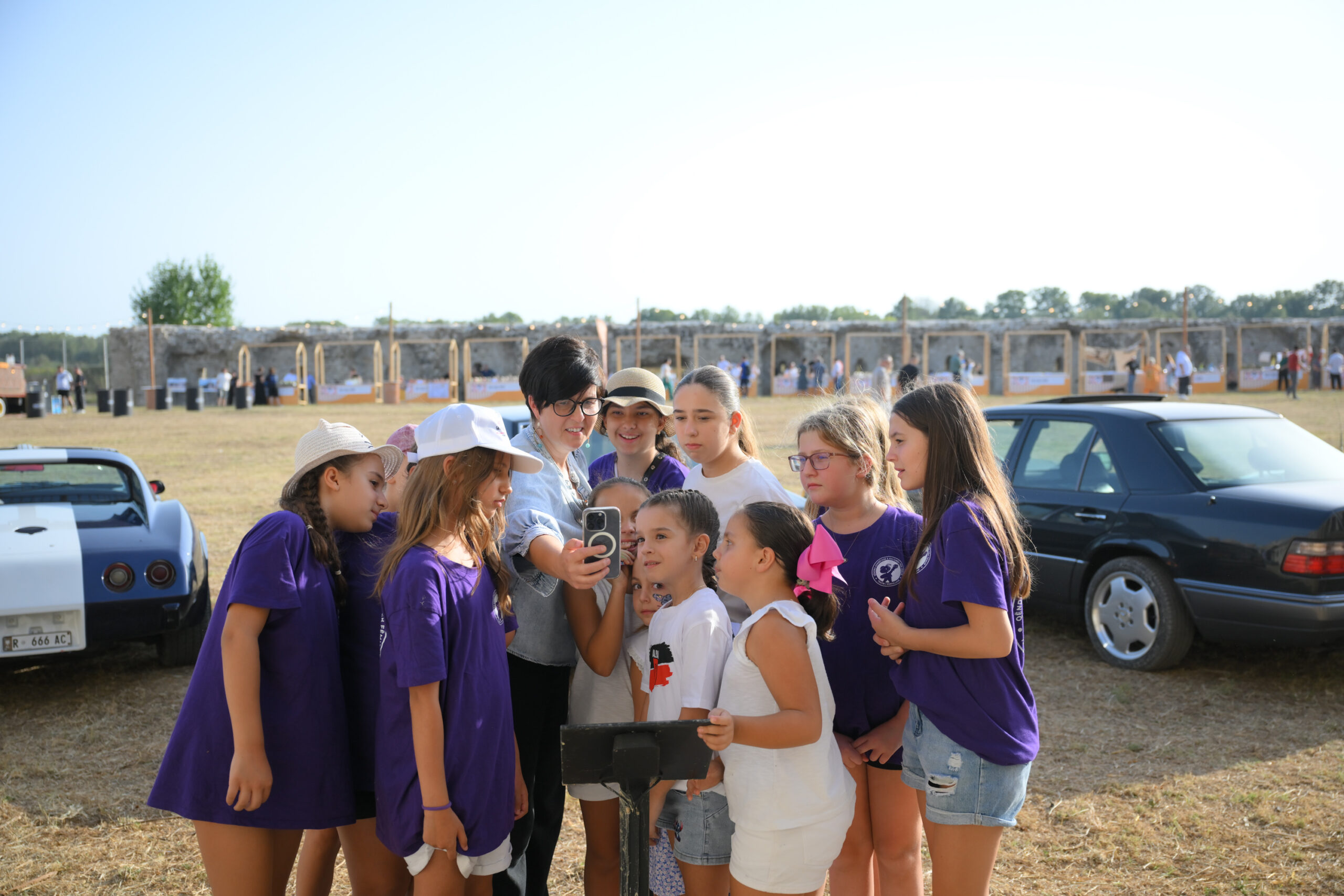
The 2019 earthquake in Albania not only damaged homes and infrastructure but also left deep scars on the country’s cultural heritage. Recognising the importance of preserving Albania’s identity and history, the European Union stepped in with the EU4Culture Programme, implemented by UNOPS in partnership with the Ministry of Economy, Culture and Innovation.
With a total investment of 40 million euros, the programme focused on heritage conservation, resilient infrastructure, and socio-economic development. Among its landmark projects was the restoration of the Castle of Bashtova — a centuries-old fortress that stood as both a symbol of Albania’s history and a fragile reminder of its vulnerability.

Revitalising a 15th-century fortress: The Intervention at the Castle of Bashtova
Located close to the outflow of the Shkumbin River into the Adriatic Sea in Central Albania, the Castle of Bashtova is one of the oldest fortresses in the country, said to have been erected in the 15th century.
Once a witness to centuries of trade and exchange, the castle suffered severe damage from the 2019 earthquake. Now, it has been revitalised thanks to the EU4Culture Programme. The intervention included repairing the earthquake damage while also giving new life to this important cultural site. Archaeological work carried out during the project uncovered exciting details about the castle’s history, including evidence of its role in protecting the grain trade through centuries and serving as a maritime gateway to the river channels leading to the sea. These findings added a new dimension to Bashtova’s story and now help connect the monument more deeply with Albania’s cultural identity.

To enrich the visitor experience, the intervention introduced augmented reality features, including an app allowing guests to explore the castle through digital storytelling. Severely damaged by the 2019 earthquake, the 15th-century castle stood as a fragile reminder of Albania’s past. Today, it is carefully restored, revitalised, and reimagined as a space where history, culture, and community come together.
On the occasion of the inauguration of the restoration works, H.E. Silvio Gonzato, the EU’s Ambassador to Albania, said: “With the restoration of the castle, we want to pay tribute to Albania’s rich cultural heritage, but also create opportunities for sustainable tourism. Through the EU4Culture programme, we are not only restoring buildings but also creating opportunities for artists, craftsmen, and community engagement. We want to create spaces to discuss, to connect, and to open up. How wonderful that a castle, once built for defence and isolation, is becoming a space for engagement, encounter, and cultural discovery. We need fewer walls and more of these spaces for our communities.”
Thanks to the EU4Culture Programme, the Castle of Bashtova — designated a Cultural Monument of the First Category since 1948 and a candidate for the UNESCO World Heritage List — now stands with strengthened walls and towers, safe access for visitors, and new spaces for learning and discovery.

The EU4Culture programme is funded by the European Union (EU) and implemented by UNOPS in close partnership with the Ministry of Economy, Culture and Innovation of Albania. It focuses on the renovation and revitalisation of major cultural heritage sites damaged by the earthquake and represents one of the largest cultural heritage programmes funded by the European Union with a total budget of 40 million euros.
The programme focuses on renovation of major cultural heritage sites in line with the UN Framework for Disaster Risk Reduction. In parallel, it aims to enhance Albania’s tourism potential, thus directly contributing to local and regional socio-economic recovery.

To enrich the visitor experience, the intervention introduced augmented reality features, including an app allowing guests to explore the castle through digital storytelling. Severely damaged by the 2019 earthquake, the 15th-century castle stood as a fragile reminder of Albania’s past. Today, it is carefully restored, revitalised, and reimagined as a space where history, culture, and community come together.
On the occasion of the inauguration of the restoration works, H.E. Silvio Gonzato, the EU’s Ambassador to Albania, said: “With the restoration of the castle, we want to pay tribute to Albania’s rich cultural heritage, but also create opportunities for sustainable tourism. Through the EU4Culture programme, we are not only restoring buildings but also creating opportunities for artists, craftsmen, and community engagement. We want to create spaces to discuss, to connect, and to open up. How wonderful that a castle, once built for defence and isolation, is becoming a space for engagement, encounter, and cultural discovery. We need fewer walls and more of these spaces for our communities.”
Thanks to the EU4Culture Programme, the Castle of Bashtova — designated a Cultural Monument of the First Category since 1948 and a candidate for the UNESCO World Heritage List — now stands with strengthened walls and towers, safe access for visitors, and new spaces for learning and discovery.

The EU4Culture programme is funded by the European Union (EU) and implemented by UNOPS in close partnership with the Ministry of Economy, Culture and Innovation of Albania. It focuses on the renovation and revitalisation of major cultural heritage sites damaged by the earthquake and represents one of the largest cultural heritage programmes funded by the European Union with a total budget of 40 million euros.
The programme focuses on renovation of major cultural heritage sites in line with the UN Framework for Disaster Risk Reduction. In parallel, it aims to enhance Albania’s tourism potential, thus directly contributing to local and regional socio-economic recovery.
Please wait while your video is being uploaded...
Don't close this window!